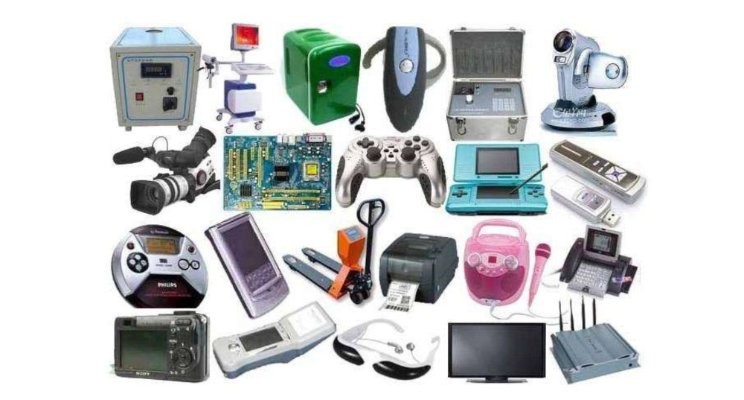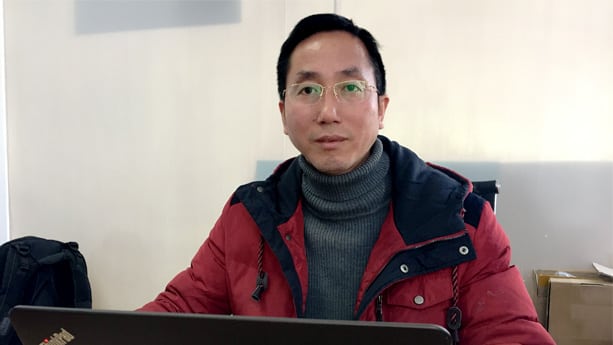
Shenzhen is the epicenter for electronic manufacturing. Here, you can find suppliers for everything from power banks to VR headsets.
The ecosystem is also very open. Even the smallest startup will find suppliers that are interested in working with them. Yet, understanding how to practically go from a Bill of Materials (BoM), to a finished product, is a lot more complex than it might first seem.
In this article, Paul W, the founder of Victure China, explains how startups can do exactly that.
Paul, please tell us a bit about yourself and the story behind Victure China
I’ve ‘been in the consumer electronics field since 2000. I have worked with major manufacturers such as OEM manufacturers Compaq and HP in quality control, project and sales management and international marketing.
I have helped develop digital cameras, card readers, smart phones, power banks and Bluetooth products. While in these positions I was fortunate to travel the world and interact with other cultures. This prompted me to branch out on my own in 2006 as Victure Inc.
For 2 years my business was flourishing, but the financial crisis of 2008 hit me hard. During the 2 years following 2008 I learned a lot about the good and bad of suppliers and manufacturers.
One experience that went bad was my trusting suppliers to give me the correct product. But no.
By missing an inspection this great customer now had become a hesitant customer, therefore resulting in lost business.
Don’t forget the financial crisis was just around the corner. To compound the problem suppliers would quote you one cost and the next day another.
How can an honest sourcing agent deal with these inaccuracies? There is only one way to fix this major problem, become a China supply chain company.
By starting my own supply chain business of sourcing I could avoid the past problems. With this experience I felt I could help international buyers who have had similar issues.
No more hoping manufacturers would get the product right. By offering buyers quality inspections and follow up throughout the process I could make sure the buyer gets what he actually wants.
In 2012 I hired my first employee, and developed my corporate philosophy of honesty, persistence, professionalism and innovation. This was not just a slogan, but a spirit embedded throughout my members and partners.
If you are up front and honest business will eventually come your way with hard work. With this type of business acumen I have experienced an 80% retention rate of my customers from beginning to end.
Say that I am trying to develop an OEM electronic product for the first time. What do I need to prepare before I even contact suppliers?
1. NDA- The foremost document is an NDA. This is important to protect your own IP’s.
2. A complete contract- to define the requirements of designing, manufacturing, quality, lead time, etc.
3. Drawings & technical specifications- it’s important to get the BoM (bill of materials), schematics of the circuit, CAD of the housing, testing fixture (if possible), encrypted firmware
4. Required documents of the product: Give a clear guidance to the manufacturers on how to treat the finish of the product, the life cycle of the push button, way of packaging, etc.
Which file formats do Shenzhen based suppliers use for the Bill of Materials, PCB diagrams and so on?
For the Bill of materials, using Microsoft Excel [or other spreadsheet programs] is good;
For the PCB (Printed Circuit Board), the most popular software brands used in China are Protel, Cadence, Mentor and Zuken;
For Housing, the most popular software are ProE, Solidworks and AutoCAD-
What are some mistakes you see when startups try to approach OEM electronics manufacturers?
Let me give you a few examples.
1. Startups don’t realize the importance of supply chain management.
Most startups don’t realize this until problems come up after securing the supplier.
Some of them even don’t have a clear idea of who manages the supply chain within their organization.
Very commonly, they come to us to say “the supplier doesn’t understand what we need”, “the component we received is completely wrong”, “the sampling and prototyping schedule is delayed again and again”.
Once these things are realized, it always takes a lot more time, cost and efforts to mark up all the mistakes and rebuild the relationship with existing and new suppliers.
2. They [the Buyer] are in a rush finding out a new manufacturer without doing their due diligence.
One of our customers got a metal stamping factory from north China to produce a small electronics item. When we stepped into their project, we discovered the factory doesn’t have any experience about electronics at all.
It’s always important for any electronics manufacturing project to learn about the supplier’s capabilities, production facilities, quality management system, the main marketing and product strategies, the professionalism of the people and even the mentality of the senior management and owner of the company.
3. Many startups don’t realize that their designs are not ‘manufacturable’.
There are a lot of startups that make nice designs, but they don’t know there is a gap between designing and manufacturing.
A very close coordination with the engineers of the manufacturers is very important to overcome these problems. It’s very possible there will be many redesigns on the products to fit the manufacturing requirements.
Keep in mind “DFM” (design for manufacturing) is critical.
Shenzhen has everything from automated high tech factories, to simple garage workshops. How do you go about to identify qualified suppliers?
Make it simple: sourcing and auditing
First, you have to source enough potential OEM manufacturers to produce your product. There are many ways to source new manufacturers such as Alibaba, Trade Fairs, LinkedIn or industry forums.
An experienced partner or agent would be a great help too, as they could have some existing sources of manufacturers or they have a clear clue on where to find them.
Second, it’s important to design a simple questionnaire.
Next have an initial talk with them to screen out questionable manufacturers and establish a short list 8-10 most potential ones. Visit them one by one by either yourself or a trusted and professional 3rd party company.
During this step you should design a more detailed list of questions for both the factory management and engineers of the manufacturers.
The list of questions should include at least basic company information (Chinese business license, organization structure, etc), Manufacturing Facilities (production lines, equipment, daily maintenance, etc), Quality Control System (system, testing equipment, knowledge of QC staff, etc) as well as the business strategy of the top management or owner.
The last point is critical and it would help you not only with the current product, but also your future product development and manufacturing process. Imagine if you find out a company that loves your ideas and business strategy.
You could become one of their top priorities and thus gain huge resources for your business.
For complex products, I always recommend our customers to meet suppliers face to face. What kind of questions should importers ask when sitting down with the engineers?
The following questions will help to understand if the manufacturers are professional in engineering-
1. What’s the process of new product introduction (NPI) of your company and the structure of the NPI team (Mechanical Engineering, Electronics Engineering, Software Engineering and Project Management)?
2. What kind of engineering and redesigning support can you give?
3. How many years of experience do you have in product and project management? What kind of products have you worked on?
4. What kind of design changes do you see necessary with our existing product to fit into mass production, and why?
5. What do you think about the key manufacturing parameters and testing points of our product?
Do the OEM electronics manufacturers normally expect buyers to have a functional prototype when they come to them?
Yes, the most of the OEM manufacturers are strong in mass production or production engineering, but very weak in designing new products and sales and marketing especially for the overseas market.
A functional prototype will give a lot more confidence to the OEM manufacturers in working with you. This way they believe you’ve done a lot of preliminary work and business is on the way.
On the other hand, product designing (different from production engineering) is not the strength of most of the manufacturers.
How does the product development process normally work for OEM electronics?
Let me explain in writing below:
1. Functional Prototype
2. Product Definition (features, technical specifications, testing standards, packaging)
3. Product Development Planning (Electronics Hardware, Mechanical Engineering, Software & Packaging)
4. OEM manufacturer sourcing & auditing
5. Sample development & testing (by manufacturer)
6. Pilot Production
How much time does it take to get a fully functional prototype?
It usually takes 4-5 weeks to create a fully functional prototype for products like power bank, Bluetooth speaker, charger, but a more complex product may require more time.
The communication and coordination with the manufacturer will play a key role in determining the time before making the prototypes.
Do you have any cost examples?
The functional prototype usually cost $2000-3000 such as power bank, Bluetooth speaker, charger, but a more complex product may cost more.
This is generally negotiable with the manufacturers. You may get a good rate if they agree with your product and marketing strategy, and if they believe you could bring great business for them.
Thank you Paul. How can our readers get to know more about your services?
Get linked to me at www.linkedin.com/in/paulweedmancn or email me at paul@victuregroup.com for personal connection, or visit our website at www.victuregroup.com to inquiry for our service.
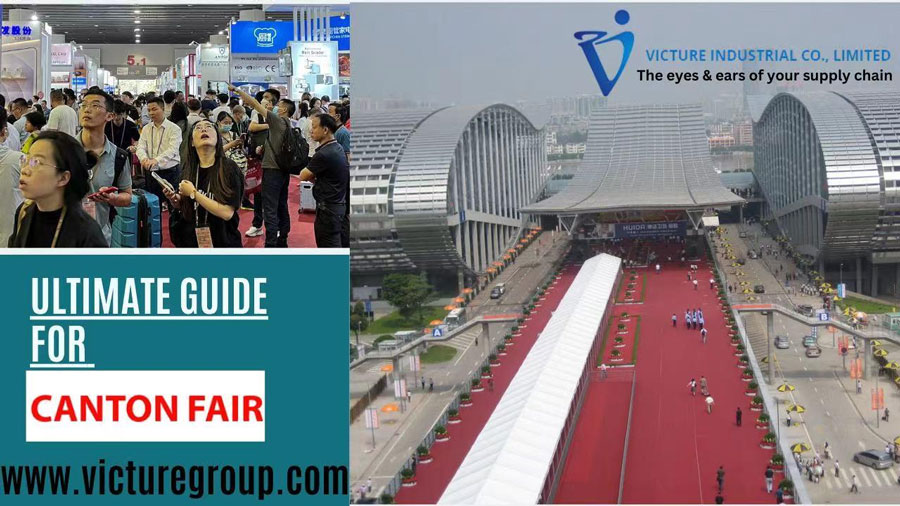
October 13, 2023
Ultimate Guide for Canton Fair TourLow and High Production
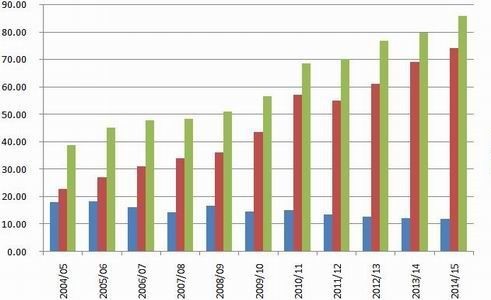
July 08, 2021
Low and High ProductionLow and High Production
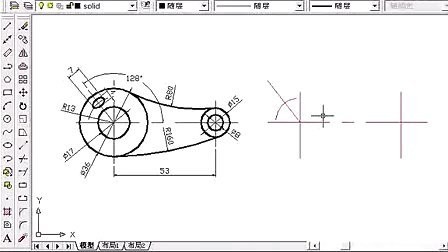
June 30, 2021
CAD, BOM, DFM & IPLow and High Production
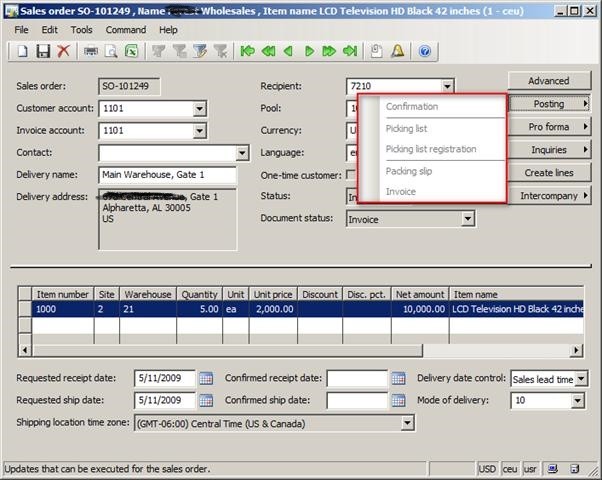
June 17, 2021
Order Volume ConsiderationsLow and High Production
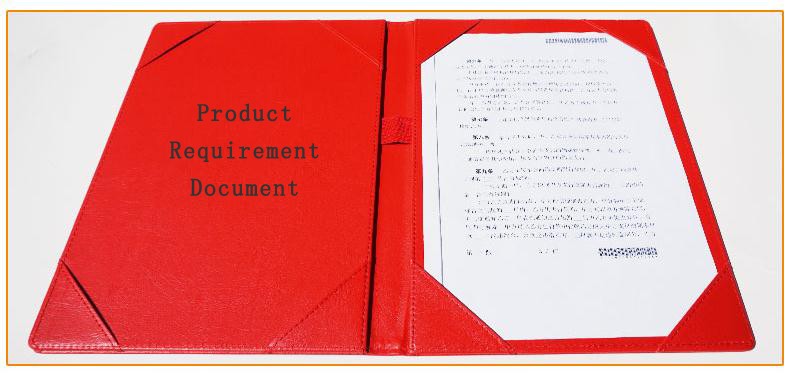
June 09, 2021
Product Requirement DocumentLow and High Production













